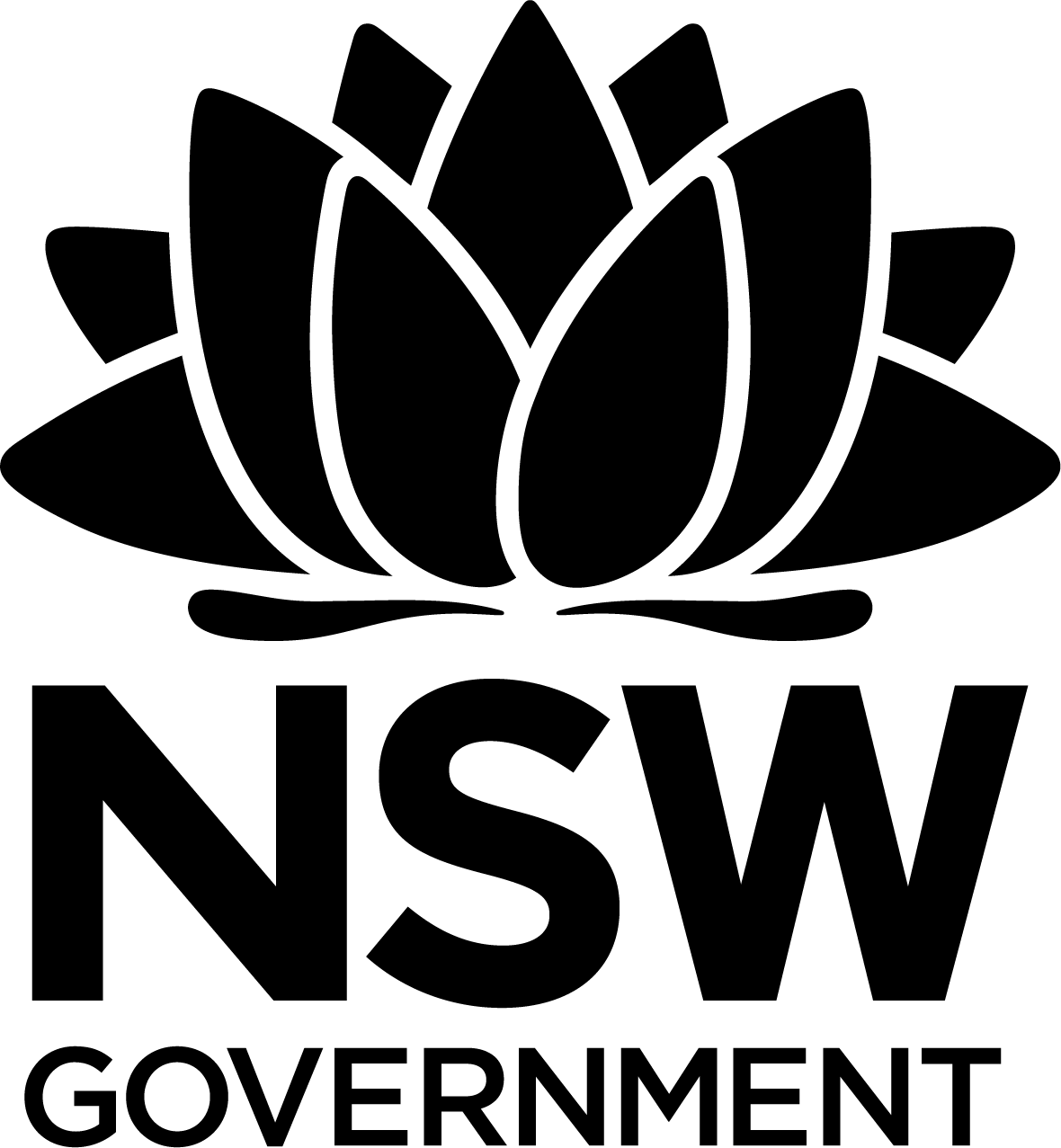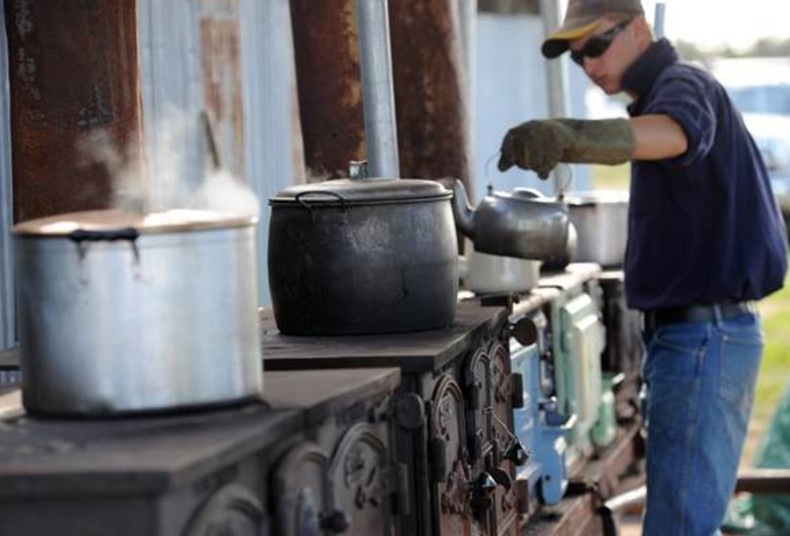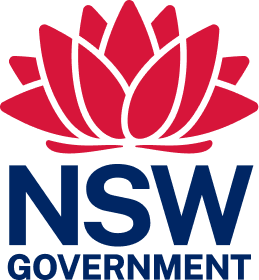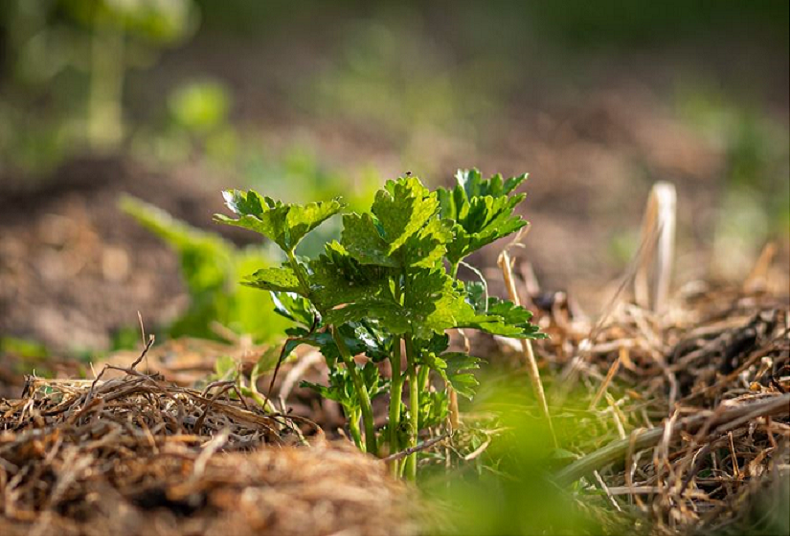
Crown land manager resource
Land management
LAND MANAGEMENT
Aboriginal interests
Crown land has significant spiritual, social, cultural and economic importance to the Aboriginal people of NSW. There are various legal mechanisms in place to protect places and objects of heritage significance to Aboriginal people.
Planning and development
Making changes to your reserve? Upgrading and replacing infrastructure, buildings and facilities, or changing the use of the land, may be affected by planning and development regulations.
Plans of management
Plans of management help provide a framework for the strategic and operational use and management of a reserve. They may be requested by the minister or undertaken on your own initiative.
Managing assets and heritage
Managing buildings, infrastructure and other assets helps ensure these public places are safe and fit for purpose, while heritage and cultural values protected and preserved.
LAND MANAGEMENT
Environmental management
Environmental management includes dealing with pollution and contaminated land; and controlling pests, diseases, weeds and contaminants.
Land management agreements
A land management agreement exchanges broader environmental objectives, such as habitat conservation, for direct funding or tradeable credits.
Bushfires and hazard reduction
CLMs are responsible for preventing, extinguishing and/or notifying a fire-fighting authority of a fire.
LAND MANAGEMENT
Dividing fences
Where a dividing fence separates Crown reserves from neighbouring properties, the CLM is liable to pay half of the reasonable costs associated with the repair or replacement of the fence.
Urunga Wetlands contamination clean up
Once privately owned and operated as an antimony mine, the Urunga Wetlands site on the NSW mid-north coast was transferred to Crown land ownership.
The site was heavily contaminated with heavy metals including antimony, arsenic, lead, mercury and reagent residues of cyanide and cresylic acid. This caused large-scale die-back of the swamp paperbark (Melaleuca quinquenervia) and damage to the habitat of the wetland for birds, plants and fish.
Following a $10 million program of extensive remediation and parkland work, the site has been transformed from a once barren wasteland to a lively wetland habitat enjoyed by bird watchers and other nature lovers.
RELATED ITEMS

Risk Management
Effective risk management protects people against injury or death, protects the land and buildings, and provides security from financial or legal damages. This information on the risk management process includes a worked example and useful templates.
This Crown land manager web resource was printed on 27 Jul 2024. The information contained in this web resource is based on knowledge and understanding at the time of writing Jul 2024. However, because of advances in knowledge, users are reminded of the need to ensure that the information upon which they rely is up to date and to check the currency of the information by referring to the website (www.reservemanager.nsw.gov.au).
© State of New South Wales through Department of Planning, Industry & Environment 2024.
Page link: https://reservemanager.crownland.nsw.gov.au/land-management


